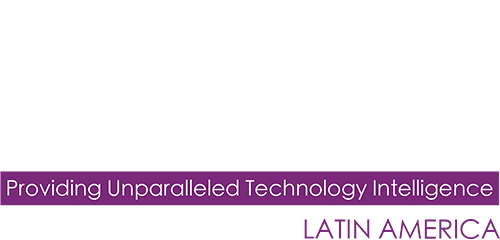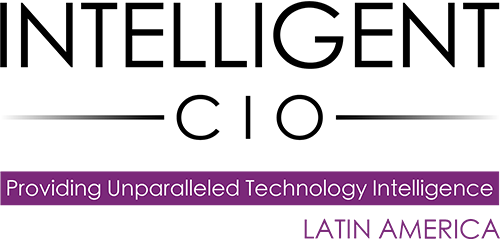Wolmer Andrade Godoi, CTO, Blockbit, a global cybersecurity solutions company, explains the importance of thinking about digital security in a new era of hybrid work. According to him, it is important for companies to be alert to make this process of recovery happen in a safe way.
‘Nothing that was will be, again, the way it once was.’ More than a song that marked an era of Brazilian culture, this has been the reality faced daily by companies since the beginning of the pandemic.
First, we moved teams to remote work in the blink of an eye. Now, with vaccination advancing, it is time to start preparing actions for the opposite direction – the physical return to the offices.

But those who think that this will only require health protocols and organization are mistaken. In addition to physical care, it will also be essential to think about digital security in the new hybrid environment that we will have.
More than ever, with half face-to-face work and the other half via the home office, concerns are likely to increase when it comes to digital security. It is important that companies now put themselves on alert to make this process of resumption and transition happen in a safe way and also from a cybersecurity point of view.
Taking steps to mitigate the chances of a potential cyberattack or data theft is an urgent demand and will increase exponentially as the home environment fully blends with the business.
Firstly, the teams themselves will not all return to the offices. According to a Gartner survey, 85% of companies plan to adopt hybrid models, with professionals working at least partly at home. With that, security will definitely have to be extended to new digital entrance points to the corporate environment.
A recent KPMG study indicates that approximately 45% of Brazilian companies want to reduce or virtually eliminate their office space – whether to reduce costs with lease and structure or because remote work has allowed them to scale different areas of the business and it no longer makes sense to think like we used to. The trend towards hybrid environments can therefore be considered as something definitive.
In any case, working in the post-pandemic era will require leaders to take some steps that go far beyond simply installing an up-to-date antivirus (although this is also necessary). The focus must be on structural actions that must be placed as a priority in the management of technological environments. Among them, for example, is the consolidation of the use of blocking systems and secure access management, in addition to the high-performance Virtual Private Network (VPN).
In a practical way, the use of VPNs is a key approach to simplify the journey of companies in the digital and globalized age, with people in different locations. These applications are essential to allow maximum protection and high availability of business information. Adopting a private network solution is one of the most important things to do.
One way to increase this potential is to adopt encrypted communication solutions – between the teleworker’s computer and the company’s local network, using VPN and systems for authenticating user access. Also, as I said before, it is always recommended to keep an antivirus updated.
With the pandemic, investing in connectivity and process digitization is no longer just a matter of preparing for the future. And it is not a case of going back to what it was before. Implementing remote working models and collaboration tools will support the sustainable growth of operations. What should be made clear is that the connectivity advantages cannot come without security measures to ensure greater visibility and protection of sensitive information that are keys to companies’ success.
Therefore, it should be noted that, in addition to the adoption of resources and tools, it is also necessary that leaders work to create a safety centered mindset. Threat mitigation depends on the human component and preparing people to take care of data and assets will have unimaginable consequences for the success of any cybersecurity policy.
Threat prevention therefore included two practical biases: Raising employee awareness and investment in available infrastructure to protect network access. From the people’s point of view, it is essential to offer qualification and orientation training on how to avoid attacks. Regarding the technological part, what is indicated is to adopt safer and more stable solutions, with effective support for any situation.
The hybrid working model will not be seen as a problem for companies that effectively adopt security systems. This format can be a new way to build a more inclusive, safe and smart economy. More than the time for a comeback, it’s the time to assess what we’ve learned from the pandemic and apply the lessons that will guide us into the future. Certainly, companies that do this analysis will come out ahead, staying strong and successful by prioritizing people, information and business safety.


